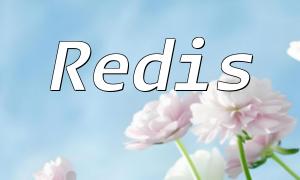In modern software development, Java and PHP are two widely used programming languages. Each has its unique features and is suited for different application scenarios. This article will compare and analyze Java and PHP, exploring their respective characteristics and application areas.
Java is an object-oriented programming language known for its platform independence and security. Java programs can run on any device that supports the Java Virtual Machine, which has made Java an essential language in enterprise applications and mobile app development.
Java's main advantages include:
Platform independence: Java programs can run on any platform that has a Java Virtual Machine installed.
Rich libraries and frameworks: Frameworks like Spring and Hibernate simplify the development process for enterprise applications.
Strong type checking: Java performs strict type checking during compilation, which helps improve code reliability.
Java is used in a wide range of application scenarios, including but not limited to:
Large-scale enterprise applications: Java-based enterprise applications are known for their high availability and scalability.
Mobile app development: Most Android applications are written in Java.
Big data processing: Many big data frameworks, such as Apache Hadoop, are developed using Java.
PHP is a scripting language specifically designed for web development. Its main features include simplicity, ease of learning, and high development efficiency. When building dynamic websites, PHP is often used in combination with HTML and databases, providing developers with powerful functionalities.
PHP's advantages include:
Easy to learn: PHP has a relatively simple syntax, making it easy for beginners to get started.
Strong community support: PHP has a large community, offering abundant resources and tutorials.
Good integration with databases: PHP integrates well with databases like MySQL, making data handling straightforward.
PHP is commonly used in the following application scenarios:
Dynamic website development: Many well-known websites, such as WordPress and Facebook, are built using PHP.
E-commerce platforms: PHP is particularly suited for developing online stores and transactional platforms.
Content management systems (CMS): Many CMSs, such as Drupal and Joomla, are based on PHP.
When choosing between Java and PHP, developers need to consider several factors. Here are some key comparisons between the two:
Java typically performs better than PHP due to its compiled bytecode. However, in certain cases, PHP offers faster development speeds, enabling projects to be launched to the market more quickly.
PHP has a gentler learning curve, making it more suitable for beginners. Java, on the other hand, requires a deeper understanding of concepts such as object-oriented programming, which may make its learning curve steeper.
Java is better suited for developing large, complex enterprise applications, while PHP is more appropriate for quickly developing dynamic websites and applications. Developers should choose the language based on the specific needs of the project.
Choosing between Java and PHP depends mainly on the specific application requirements and development goals. For large-scale applications that require high performance and systematic architecture, Java is an excellent choice. For rapid development and dynamic websites, PHP is more convenient. Understanding the features and application scenarios of these two languages will provide developers with greater flexibility and options in actual development.










